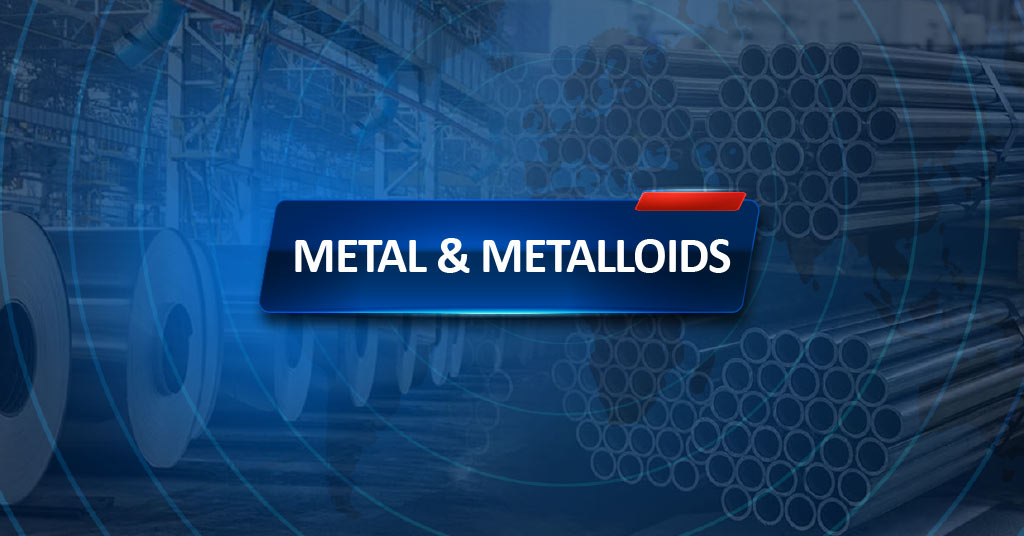India Unveils Rs 34 Trillion Opportunity to Lead Electric Vehicle Revolution
- 13-Feb-2023 3:50 PM
- Journalist: Jai Sen
India: India recently made an unprecedented discovery - 5.9 million tons of Lithium in Jammu & Kashmir. With the current Lithium prices, it’s estimated to be worth a whopping INR34 trillion. This article looks at the potential impacts this discovery has on India, what steps are required before its production, and how electric vehicles will perform in 2022 given that Lithium is necessary for their batteries.
Geological resource reserves refer to a subset of estimated deposits that are economically viable for extraction. These include both discovered and undiscovered commodities and have an estimated amount available.
India's Mining Secretary has announced that Lithium deposits found in Jammu and Kashmir are of a higher quality than normal. According to the United Nations Framework Classification (UNFC) analysis, these deposits rate at 500 parts per million, compared to 200 parts per million for standard deposits. UNFC divides geological assessments into four axises: Reconnaissance (G4), Prospecting (G3), General Exploration (G2) and Detailed Exploration (G1). This new discovery is highly encouraging news for India, as it could pave the way for greater mining efforts in the region.
News of the recent discovery of Lithium is classified as G3. To arrive at a G1 estimate, further exploration including detailed mapping with geochemical and geophysical surveys along with drilling will be required. An economic analysis will also be conducted to determine the economically viable extractable mineral content.
India is home to a variety of natural resources, including minerals like Lithium. The Mines and Minerals (Development and Regulation) Act, 1957 establishes the policies and procedures for mineral extraction in the nation. Part B of the First Schedule under this act lists Lithium-bearing minerals as “atomic minerals” and regulates them using the Atomic Mineral Concession Rules, 2016. These rules outline a three-step process for extracting these minerals: reconnaissance permit, prospecting license, and mining lease.
It could take years before India starts to see results from the G3 find. In terms of global resources, India is estimated to have 5.9 million metric tons (MMT) - placing it 6th overall, behind Bolivia (21 MMT), Argentina (20 MMT), Chile (11 MMT), Australia (8 MMT), and China (7 MMT). When looking at global reserves across the world, they total up to 26 MMT. Out of this figure, only 14 mines are responsible for 130,000 tons of Lithium production expected in 2022. Despite having considerable resources, both Bolivia and Argentina face challenges in terms of their resource output.
The global electric vehicle (EV) market is soaring as India explores the most effective way of production. In CY2022, 10.4 million EVs were sold - an impressive 60% jump from the previous year. This accounts for 13% of the total 80 million vehicles sold in that year. China was the leader, with 6.2 million EVs purchased - a 100% leap from 2021 figures. North America followed suit with 1.1 million EV sales, a 50% boost from last year; while Europe also registered strong gains, with 2.6 million EVs being sold in 2022 (a 11% increase).
In CY2022, BYD secured the top spot as the leading EV brand by sales with 18% market share, overtaking Tesla's 12.6%. Shanghai Wuling followed closely behind in third place at 6%. Traditional carmakers such as BMW, Volkswagen, Mercedes, Volvo, Audi and Hyundai had less than 3% each of the overall market share.
The UK, Sweden, Netherlands, Norway, and Germany are on track to have 100% of new cars sold be electric vehicles by 2030. France is aiming for 64%, with the US and Korea each targeting 50%, and Oceania 40%. This implies that annual EV sales will drastically increase from current levels.
The electric vehicle market is powered by Lithium batteries (LiBs) and is expected to reach a demand of 473 GWh in 2022. Of the 60 GWh batteries sold in December-22, China accounted for 31 GWh, Europe for 20 GWh, and the US for 9 GWH. CATL is currently the largest supplier of LiBs, with a 35% market share, followed by LG (15%) and BYD (14%).
The demand for LiB batteries is expected to skyrocket to over 4 TWh by 2030. Battery manufacturers are aiming to increase their capacity as well, with CATL planning to raise capacity from 177 GWh to 1.2 TWh, LG from 150 GWh to 1 TWh, and Tesla from zero to near 1 TWh. This could have a major positive impact on the environment and revolutionize the renewable energy sector.
Electric Vehicles are becoming increasingly popular, and their batteries are an integral part of this transition. Batteries used in EVs typically have one of two chemistries: Lithium Iron Phosphate (LFP) or Lithium Nickel Manganese Cobalt Oxide (NMC).
LFP batteries are generally more heat-resistant and durable but take up more space than NMC batteries. On the other hand, NMC batteries offer a more compact size but with less heat-resistance. One key advantage of LFPs is that they are around 30% cheaper than NMCs. However, this economic benefit has been limited by a series of patents in China that account for 50% of Chinese EV battery shipments. These patents expired in CY2022 which may lead to a significant shift going forward about Chinese EV battery production and shipment.
The Indian EV sector faces three significant obstacles upon its return home: limited raw material availability, unreliable power networks, and a late entry into the technology field. However, with the recent discovery of Lithium resources, this first hurdle is likely to be overcome in due time.
India is making strides in electric vehicle technology, as major companies including Ola, Ather and TVS have recently imported LiON cells from LG. Meanwhile, Hero and Ampere have imported batteries from China, while Bajaj and Tata Motors source their batteries from Panasonic. Although many battery manufacturers globally take responsibility for cell assembly, this step is done in-house by Ather and Ola in India or by a third party for Bajaj, TVS and Tata. The control units of the batteries are also mainly being imported to India – TVS and Bajaj usually buy from Bosch which imports these parts. However, Ather has taken the liberty of building them themselves.
The Indian government is taking steps towards the development of electric vehicles (EVs) by introducing a production-linked incentive scheme for advanced cell chemistry and subsidizing the product through the FAME India Phase-II scheme. Even with these initiatives, EVs still come at a higher cost than traditional vehicles in India.
Despite having most of its players in the EV ecosystem being unlisted, India continues to grow in its development of electric vehicles. Companies like Bosch and ABB are listed and have a limited contribution from EV market growth to their overall revenue. Meanwhile, Hero, Bajaj, Amara Raja and other suppliers have more to potentially lose from their existing businesses than gain from a potential EV market. This has raised some concern amongst investors that some companies may invest heavily in EVs without seeing any success.
Investors have adopted a "spray and pray" strategy in the auto industry, investing heavily in a wide selection of companies from OEMs such as Tata Motors or TVS to auto ancillaries like Greaves Cotton, Alicon Cast Alloy and Minda, as well as software developers like Tata Elxsior KPIT. This has led to inflated valuations for businesses that are likely to be successful.
The global auto industry is facing a massive disruption, with estimates of $3.5 trillion in revenues at stake. Electric vehicles are the future of transportation, and governments and companies have already poured billions of dollars into the development of this technology. Of course, with such scale and importance it stands to reason that there will be numerous unsuccessful players along the way.
India may be able to capitalize on its recent Lithium discovery and become a major contender in the EV ecosystem if they can quickly move forward with production. This could make the next few years very exciting as we witness the transformation of transportation technology unfold before us.



